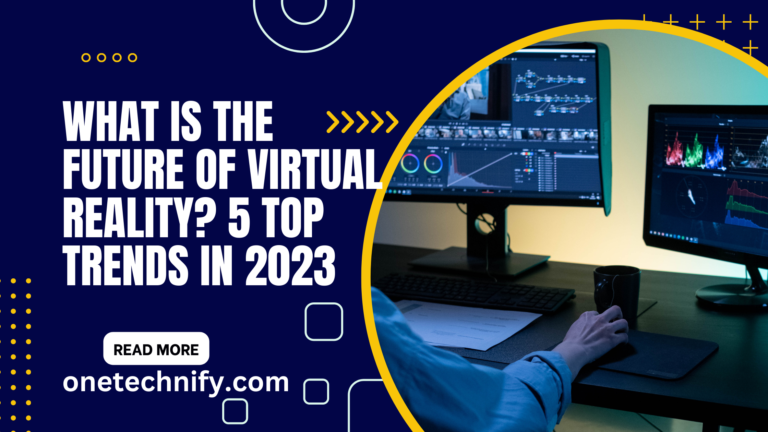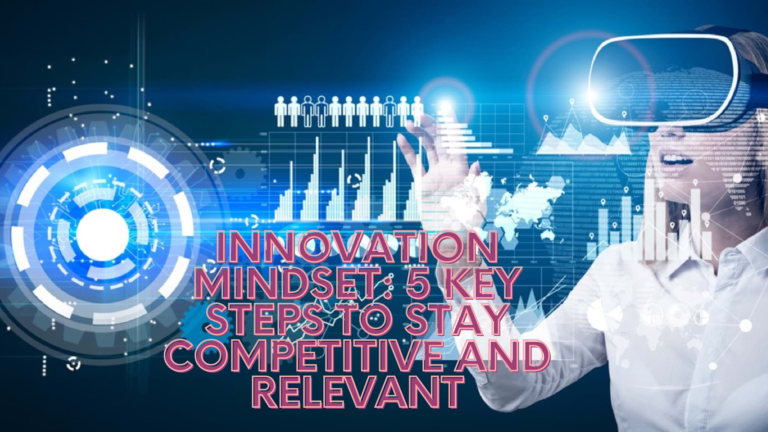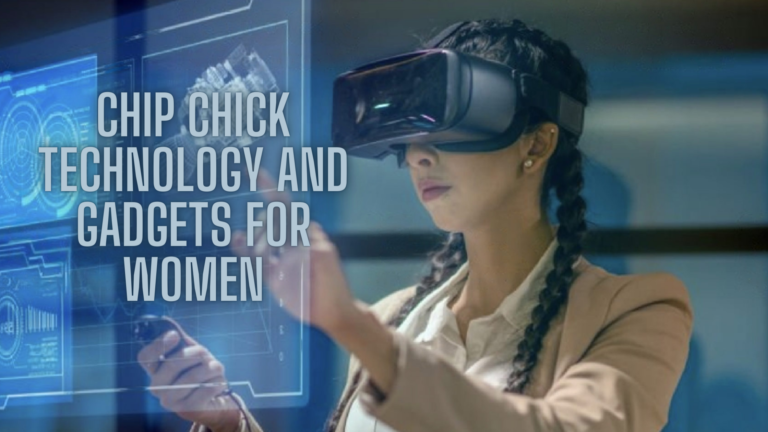The benefits of virtual reality in Education are revolutionizing experiential learning in classrooms, offering many benefits that traditional teaching methods cannot match. Imagine immersing yourself in a virtual world where history comes alive or diving deep into the human body to explore its intricate systems. With VR technology, these immersive and interactive experiences are now possible through video in Education.
One of the key advantages of virtual reality technology in Education is its ability to enhance learning experiences. Providing students with immersive classrooms and realistic, 3D environments enables them to engage with subjects in a more captivating and memorable way. This stimulates curiosity and encourages active participation, making learning an exciting adventure rather than a passive exercise. Augmented reality and mixed reality are also part of this immersive experience.
Moreover, incorporating virtual reality environments into immersive classrooms equips students with essential skills for the digital future. As technology continues shaping our world, proficiency in using virtual and augmented reality tools becomes increasingly valuable. By embracing this innovative approach early on, students gain an edge in experiential learning, adapting to new technologies, and navigating the digital landscape.
Table of Contents
Advantages of VR for Immersive Learning
Virtual reality (VR) offers a multitude of benefits for modern Education. By creating realistic simulations, immersive classrooms allow students to experience real-world scenarios without physical limitations or safety concerns. This hands-on approach enhances their understanding and retention of complex concepts, making it an effective tool for learning. Additionally, VR can provide virtual field trips, allowing students to explore new environments and cultures without leaving the classroom.
In classrooms, Augmented reality lets students enter virtual worlds and interact with things. This helps them understand better and be more involved in their Education. Immersive classrooms and VR also let students play with things and figure out problems. This makes learning more fun and helps them think critically.
- In schools, teachers can use immersive classrooms to enhance Education. In biology, students can virtually dissect organisms and explore their internal structures.
- In schools, teachers can create immersive classrooms where students can experience walking through ancient civilizations or witnessing pivotal moments.
- In a physics experiment, schools can provide students with a hands-on experience where they can adjust variables and observe the impact on outcomes. This type of Education allows for a virtual field that enhances the learning process.
By using VR headsets to experience these scenarios firsthand, students gain practical knowledge beyond the theoretical concepts taught in traditional schools and Education.
Increasing Student Engagement with Virtual Reality
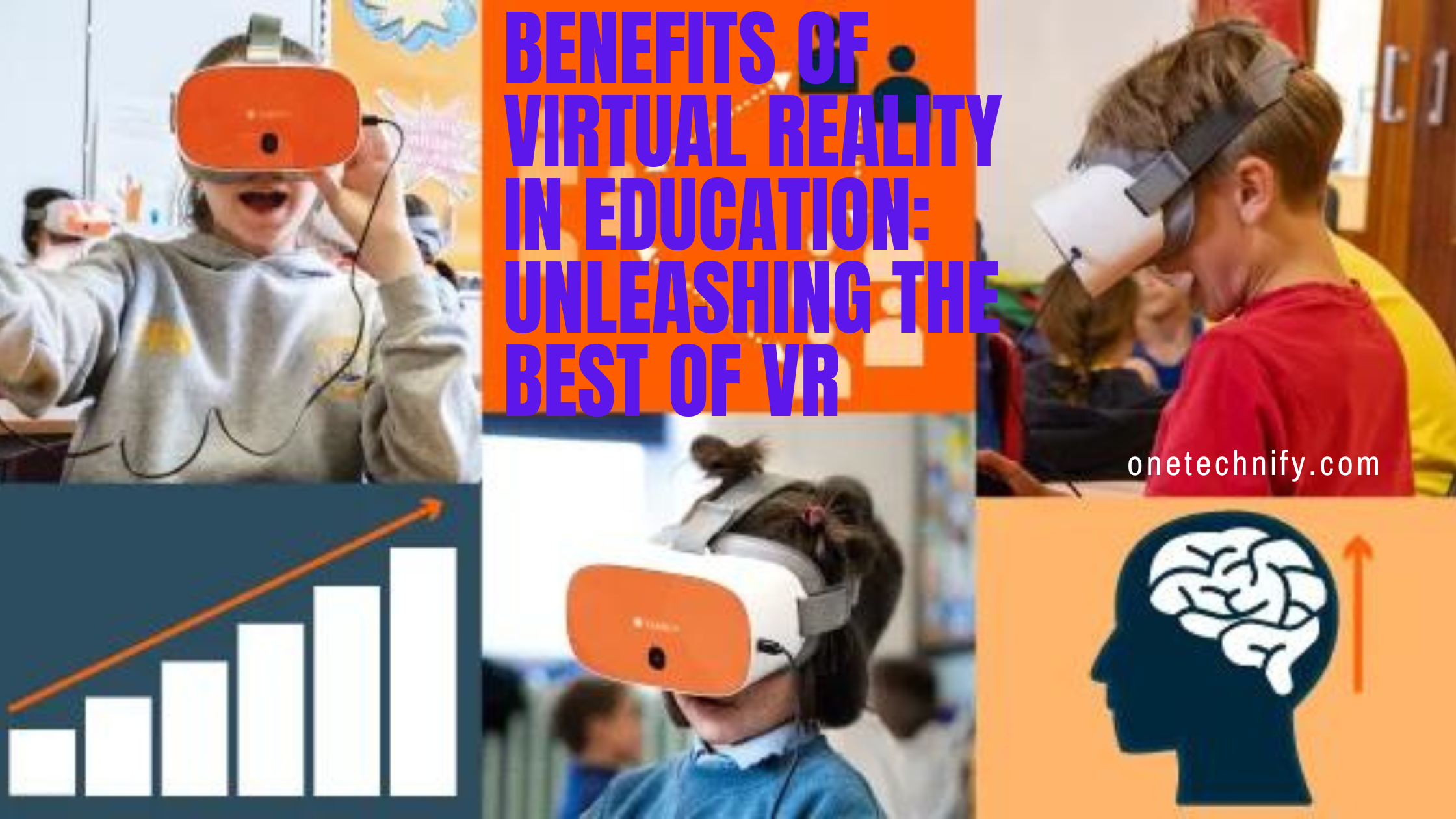
Virtual reality (VR) has revolutionized Education in classrooms and schools by enhancing student engagement through its interactive nature and sensory stimulation. By leveraging the power of VR headsets, educators can captivate students’ attention and create a more immersive learning experience. Here is an excerpt from a blog post highlighting VR’s benefits in Education.
Immersive classrooms with VR headsets in schools enhance Education. Engaging content presented through virtual reality motivates learners to participate in lessons actively. Through augmented reality (AR) and mixed reality (MR), students can engage with digital objects and environments, making learning more interactive and dynamic. This hands-on approach encourages exploration, critical thinking, and problem-solving skills.
Benefits of Virtual Reality in Education
VR in Education makes learning more fun and exciting. It helps students pay attention and get involved in lessons. VR can be used in many different ways in the classroom.
- Virtual field trips: Students can explore historical landmarks, natural wonders, and cultural sites through VR simulations, providing a more immersive and engaging learning experience.
- Science experiments: VR allows students to conduct virtual experiments in a safe and controlled environment, enhancing their understanding of scientific concepts and procedures.
- Language learning: VR language apps provide interactive scenarios where students can practice conversational skills with virtual characters, improving their language proficiency.
- Career exploration: VR can simulate real-world job environments, allowing students to explore different careers and gain insights into various industries.
- Exceptional education support: VR can create inclusive learning environments for students with special needs, providing personalized and interactive learning experiences.
By incorporating VR into Education, educators can create a more engaging and immersive learning environment that promotes active participation, critical thinking, and a deeper understanding of concepts. While there are some challenges and limitations, the benefits of using VR in Education outweigh them, making it a valuable tool for enhancing student engagement and learning outcomes.
Enhancing Social Interaction Through Benefits of Virtual Reality in Education
Virtual reality (VR) has revolutionized Education in schools by providing numerous benefits and enhancing the learning experience for students. One of its key advantages is its ability to improve social interaction among learners, regardless of their physical location or disabilities. This is made possible through the use of VR headsets.
By leveraging VR technology, Education can be enhanced as students use headsets to engage in collaborative learning experiences with peers in different locations. They can communicate, share ideas, and work together on projects within a shared virtual space. This fosters teamwork and facilitates the exchange of knowledge and perspectives.
Exploring New Horizons: VR Technology in Education
Moreover, VR promotes inclusivity in Education by breaking down barriers that may hinder the educational experience and social interaction. Distance becomes irrelevant as students can virtually gather in the same environment using headsets. Physical disabilities are no longer obstacles, as avatars enable everyone to participate equally. This inclusive nature of VR ensures that all students have an equal opportunity to engage with their peers and contribute to group activities.
Through avatars and virtual interactions, students gain valuable Education and experience using VR headsets. They develop essential social skills by engaging with their classmates, learning to communicate effectively, collaborate efficiently, and resolve conflicts in the virtual environment. These skills are transferable to real-world situations and prepare students for future professional endeavors where teamwork is essential.

Final Words on Benefits of VR in Education
Incorporating virtual reality (VR) into Education offers numerous benefits, including promoting peer collaboration and communication. By providing immersive learning experiences, VR allows students to engage with the material actively, leading to a deeper understanding of the subject matter.
Using VR in Education makes learning more engaging and helps students remember information better. It also allows students to work together and communicate effectively with their classmates.
To use VR in Education, trying it out and seeing how it can be used in different subjects is essential. Teachers can use VR to create fun learning ways that work for different types of learners and help them be more creative. In conclusion, using VR in Education can change how teachers teach. It allows students to get more involved and interact with each other. This technology can help students learn skills they need for the future.
FAQs
Q: How does virtual reality enhance student engagement?
Virtual reality (VR) headsets immerse students in educational experiences that capture their attention and make learning more enjoyable. This heightened level of engagement promotes active participation and enables better retention of information.
Q: Can virtual reality be used across different subjects?
Yes! Virtual reality headsets have versatile applications across various disciplines, such as science, history, art, and physical Education. They provide a unique experience for hands-on exploration and deepen understanding in each subject area.
Q: Does virtual reality improve collaboration among students?
Absolutely! Virtual reality (VR) headsets create shared spaces where students can experience interactive and collaborative Education. This fosters teamwork, communication, and problem-solving skills while promoting a sense of community among learners.
Q: Are there any age restrictions for using virtual reality in Education?
While virtual reality can be adapted for different age groups, it is essential to consider the maturity and readiness of students when introducing VR headsets in Education. Educators should ensure appropriate content and supervision for younger learners using VR headsets.
Q: How can educators implement virtual reality in the classroom?
Educators interested in integrating virtual reality into their teaching can start by exploring available educational VR platforms, attending training sessions, or partnering with organizations specializing in educational VR solutions. It is important to plan lessons effectively and align them with curriculum objectives to maximize the benefits of this technology.
